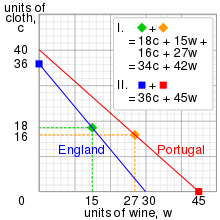Despite my best efforts to find some depth in modern intellectual conservatism, instead about the best we get is just about the worst imaginable. Much discussed is the Atlantic piece by Harvard Law professor Adrian Vermeule who argues for what he calls “common good constitutionalism” that asserts that an authoritarian assurance in defining a moral basis for legal decisions is best for all of us. Individual concepts of life and liberty be damned:
…that each individual may ‘define one’s own concept of existence, of meaning, of the universe, and of the mystery of human life’ should be not only rejected but stamped as abominable, beyond the realm of the acceptable forever after. So too should the libertarian assumptions central to free-speech law and free-speech ideology—that government is forbidden to judge the quality and moral worth of public speech, that “one man’s vulgarity is another’s lyric,” and so on—fall under the ax. Libertarian conceptions of property rights and economic rights will also have to go, insofar as they bar the state from enforcing duties of community and solidarity in the use and distribution of resources.
 Vermeule’s opening salvo is that the doctrine of originalism that conservative legal thinkers have hewed to has shown little progress in reversing the trend towards greater and more expansive liberties. These freedoms, without paternalistic guidance, take us down the slippery slope of moral turpitude. We need stronger hands at the tiller who can properly control the minds of the mob for their own good. In reality, though, Vermeule is just a “Catholic integralist” in disguise, which is to say he is promoting a kind of theocracy where law is subservient to the best guesses of Catholicism.… Read the rest
Vermeule’s opening salvo is that the doctrine of originalism that conservative legal thinkers have hewed to has shown little progress in reversing the trend towards greater and more expansive liberties. These freedoms, without paternalistic guidance, take us down the slippery slope of moral turpitude. We need stronger hands at the tiller who can properly control the minds of the mob for their own good. In reality, though, Vermeule is just a “Catholic integralist” in disguise, which is to say he is promoting a kind of theocracy where law is subservient to the best guesses of Catholicism.… Read the rest








